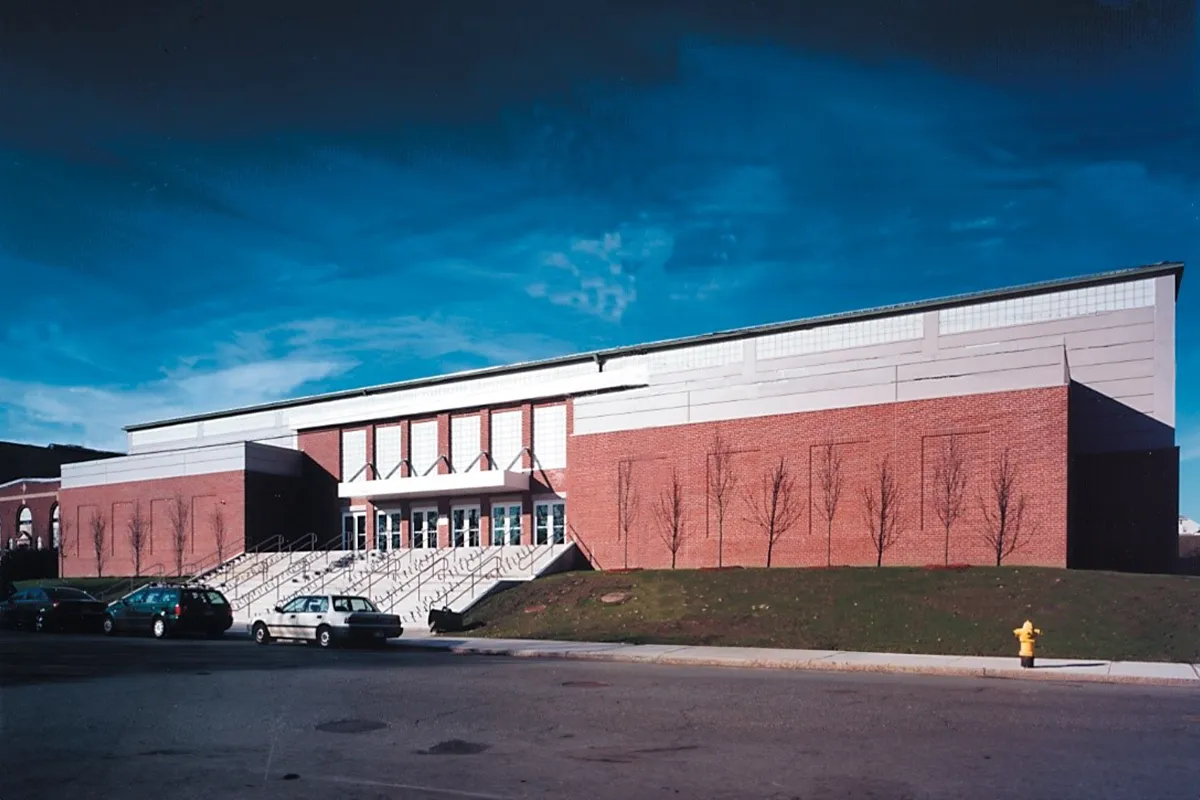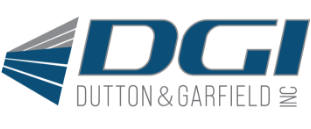
Winterizing Your Commercial Building
As winter approaches, it’s crucial to ensure that your commercial building is prepared to withstand the harsh weather conditions. Winterizing your building not only helps maintain a comfortable environment for occupants but also protects the structural integrity of the property and prevents costly damage. At Dutton & Garfield, Inc., we understand the importance of thorough winterization and are here to guide you through the process. In this article, we will discuss the importance of winterizing commercial buildings, key areas to focus on, best practices, common mistakes to avoid, and the long-term benefits of proper winterization.
Importance of Winterizing Commercial Buildings
Winterizing your commercial building is essential for several reasons:
Protecting Structural Integrity:
- Cold weather, ice, and snow can cause significant damage to your building’s structure. Proper winterization helps prevent issues such as leaks, cracks, and foundation damage.
Maintaining Comfort and Safety:
- Ensuring that your heating systems are functioning correctly and that your building is properly insulated keeps occupants comfortable and safe during the winter months.
- Regular maintenance of pathways and entrances helps prevent slips and falls, reducing the risk of injuries.
Reducing Energy Costs:
- Winterization measures such as sealing drafts and insulating pipes can significantly reduce energy consumption, leading to lower utility bills.
- Efficient heating systems and proper insulation ensure that your building maintains a consistent temperature, minimizing the strain on your HVAC system.
Preventing Costly Repairs:
- Proactive winterization helps identify and address potential issues before they become major problems, saving you money on emergency repairs.
- Regular maintenance extends the lifespan of your building’s systems and components, reducing the need for premature replacements.
Key Areas to Focus On for Winterization
To effectively winterize your commercial building, focus on the following key areas:
Roof and Gutters:
- Inspect the roof for any signs of damage, such as missing or broken shingles, and repair them promptly to prevent leaks.
- Clean and clear gutters and downspouts to ensure proper drainage and prevent ice dams from forming.
Insulation:
- Check the insulation in your walls, attic, and floors to ensure it is adequate and in good condition. Add more insulation if necessary to improve energy efficiency.
- Insulate exposed pipes to prevent them from freezing and bursting.
HVAC Systems:
- Schedule a professional inspection and maintenance for your heating system to ensure it is operating efficiently and safely.
- Replace air filters regularly and consider upgrading to programmable thermostats to optimize energy usage.
Windows and Doors:
- Inspect windows and doors for drafts and seal any gaps with weatherstripping or caulk. Consider upgrading to energy-efficient windows and doors if needed.
- Install door sweeps to prevent cold air from entering and warm air from escaping.
Plumbing:
- Inspect plumbing systems for any leaks or vulnerabilities and repair them promptly.
- Ensure that outdoor faucets are turned off and drained to prevent freezing.
Properly addressing these areas will help ensure that your commercial building is ready to face the winter weather, keeping it safe, comfortable, and energy-efficient.
Best Practices for Preparing Your Building for Winter
Effective winterization involves several best practices to ensure your commercial building remains protected throughout the season. Here are some key steps to follow:
Schedule Professional Inspections:
- Hire qualified professionals to conduct thorough inspections of your roofing, HVAC, plumbing, and electrical systems. Regular inspections help identify potential issues before they escalate into costly problems.
Implement a Preventative Maintenance Plan:
- Develop a comprehensive maintenance plan that includes routine checks and servicing of critical systems. This proactive approach ensures that your building’s components are functioning optimally.
Address Minor Repairs Promptly:
- Don’t delay fixing minor issues such as small leaks, cracks, or loose shingles. Addressing these problems early can prevent more significant damage and costly repairs in the future.
Maintain Clear Walkways and Entrances:
- Regularly clear snow and ice from walkways, entrances, and parking lots. Use de-icing products and provide adequate lighting to ensure the safety of occupants and visitors.
Educate Occupants on Winter Preparedness:
- Inform tenants or employees about the importance of keeping doors and windows closed, reporting any issues promptly, and using heating systems efficiently.
Common Winterization Mistakes to Avoid
While preparing your building for winter, it’s essential to avoid common mistakes that can undermine your efforts. Here are some pitfalls to watch out for:
Neglecting Roof and Gutter Maintenance:
- Failing to inspect and maintain the roof and gutters can lead to leaks, ice dams, and water damage. Ensure these components are in good condition and free of debris.
Overlooking Insulation Needs:
- Insufficient insulation can result in significant heat loss and increased energy bills. Regularly check and upgrade insulation as needed to maintain a comfortable indoor environment.
Ignoring HVAC Maintenance:
- Skipping regular HVAC maintenance can lead to system failures and inefficient heating. Schedule annual inspections and clean or replace filters regularly.
Failing to Seal Drafts:
- Unsealed windows and doors can allow cold air to enter and warm air to escape, reducing energy efficiency. Ensure all gaps are properly sealed.
Neglecting Emergency Preparedness:
- Not having an emergency plan in place for severe winter weather can leave your building vulnerable. Prepare for power outages, extreme cold, and other potential emergencies.
Avoiding these common mistakes will help ensure your winterization efforts are effective and your building remains safe and efficient.
Long-term Benefits of Proper Winterization
Investing in proper winterization for your commercial building offers several long-term benefits, including:
Enhanced Energy Efficiency:
- Proper insulation, sealed drafts, and efficient heating systems reduce energy consumption, leading to lower utility bills and a smaller carbon footprint.
Extended Lifespan of Building Components:
- Regular maintenance and timely repairs prevent premature wear and tear, extending the lifespan of roofing, HVAC, plumbing, and other systems.
Improved Indoor Comfort:
- Maintaining a consistent indoor temperature and preventing drafts ensures a comfortable environment for occupants, enhancing productivity and satisfaction.
Cost Savings:
- Proactive winterization minimizes the need for emergency repairs and replacements, resulting in significant cost savings over time.
Increased Property Value:
- A well-maintained and energy-efficient building is more attractive to potential tenants and buyers, increasing its market value.
Ensure Your Building is Ready for Winter
Proper winterization is essential for maintaining the safety, comfort, and efficiency of your commercial building. By following best practices and avoiding common mistakes, you can protect your property and enjoy numerous long-term benefits. At Dutton & Garfield, Inc., we specialize in comprehensive winterization services tailored to meet your building’s specific needs. Contact us today to learn how we can help you prepare your commercial building for the winter season and ensure it remains in top condition year-round.
